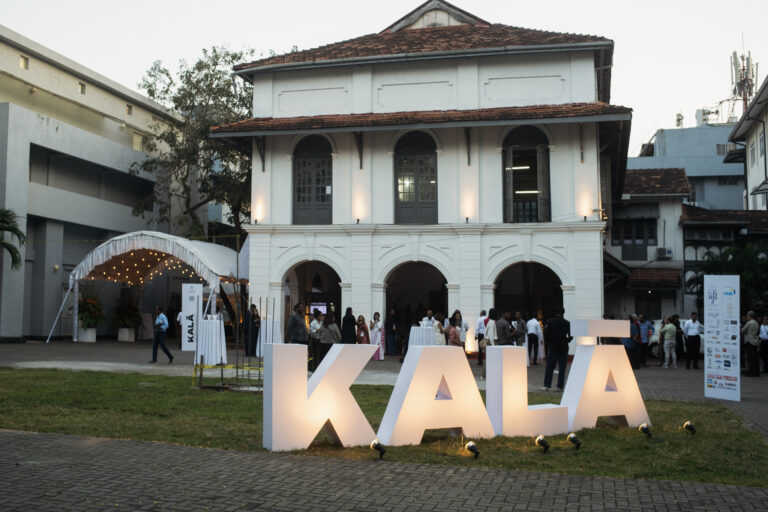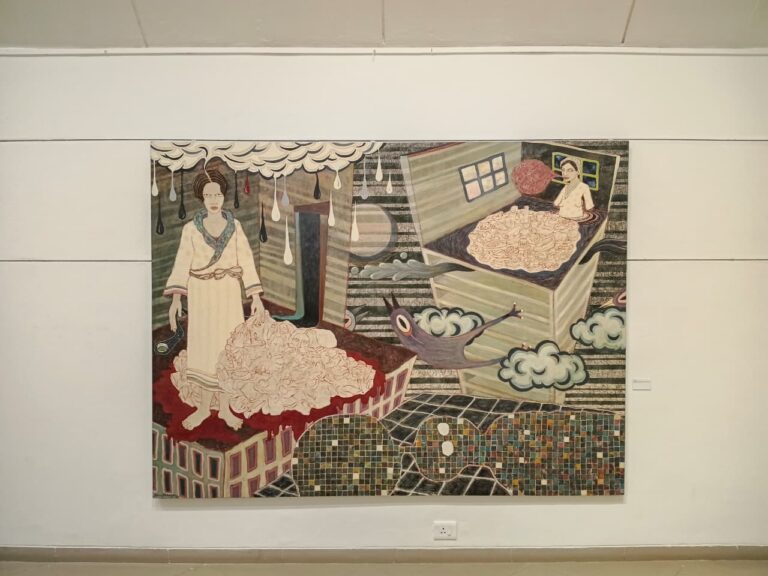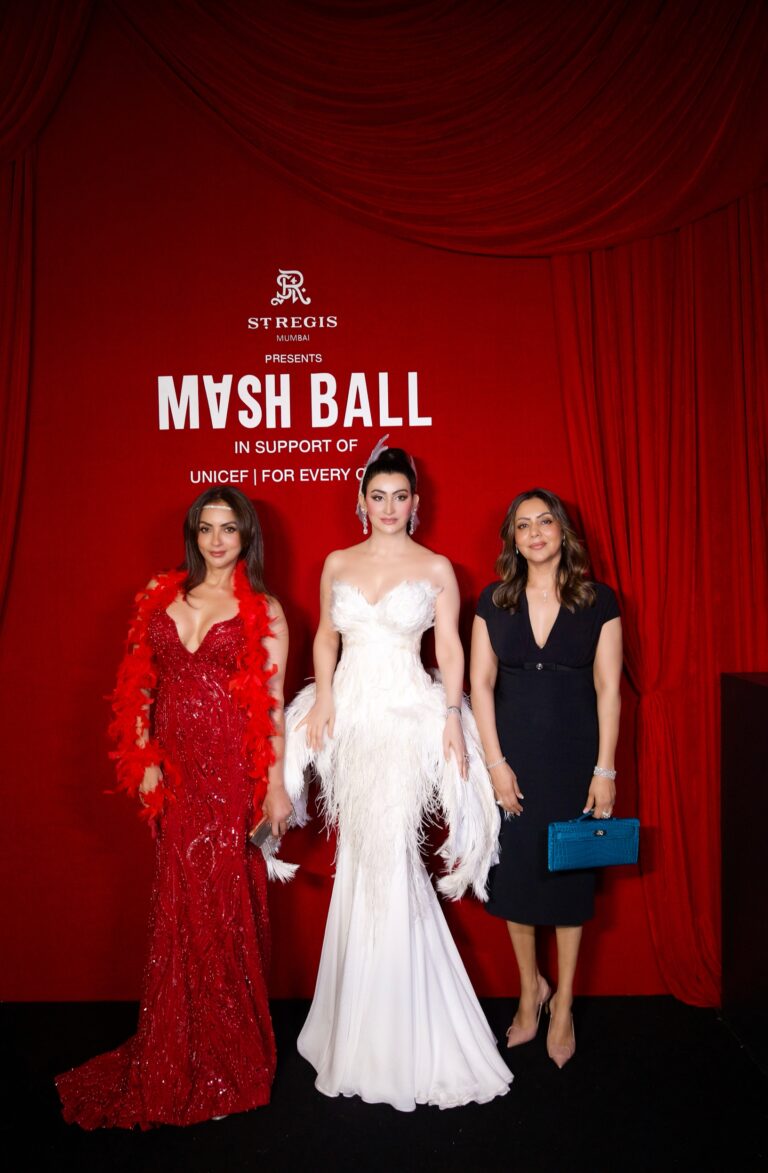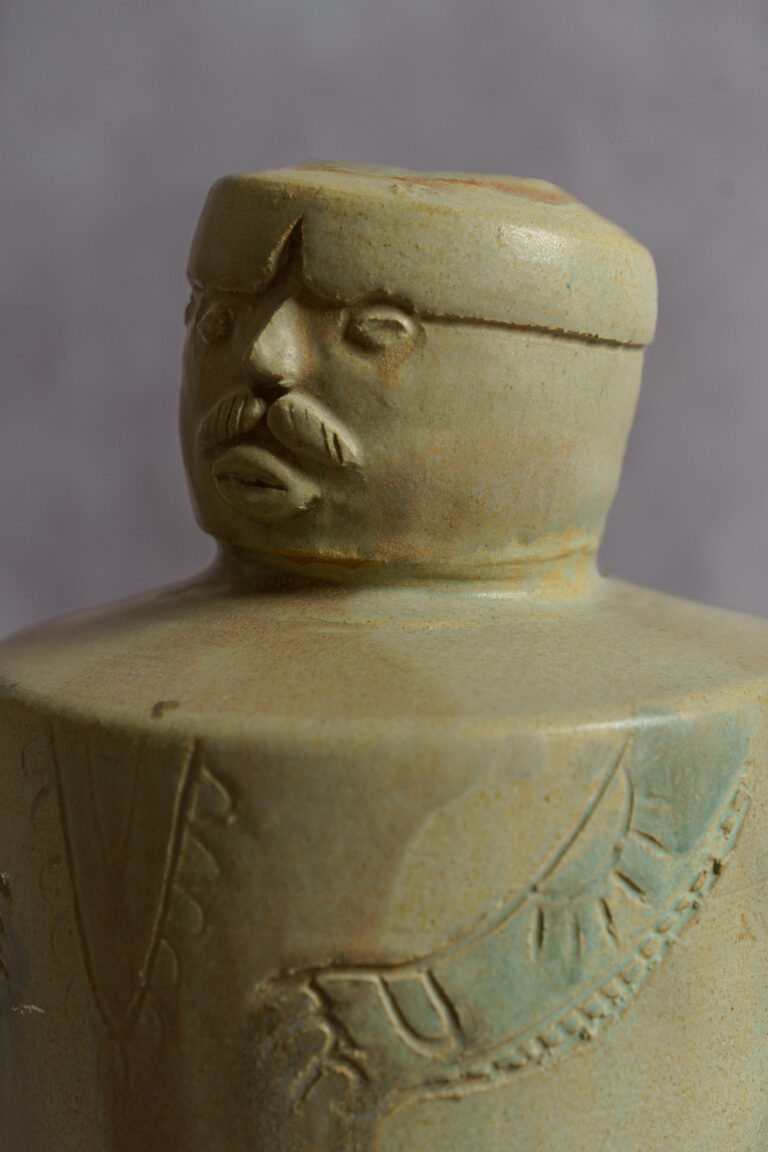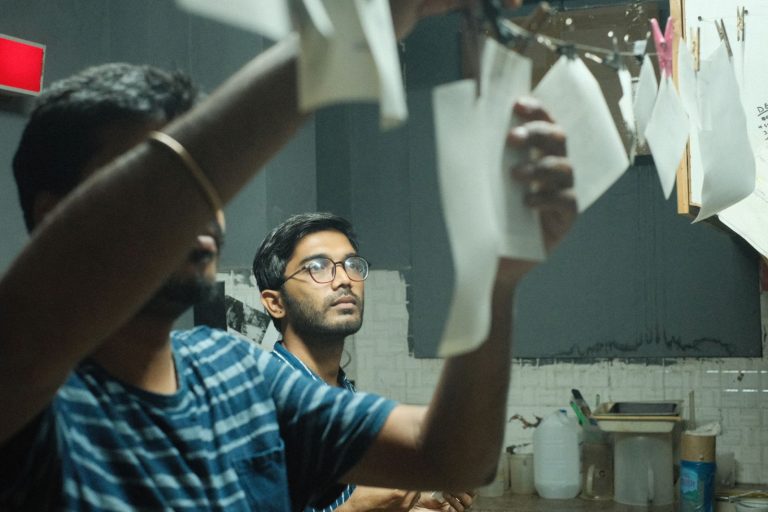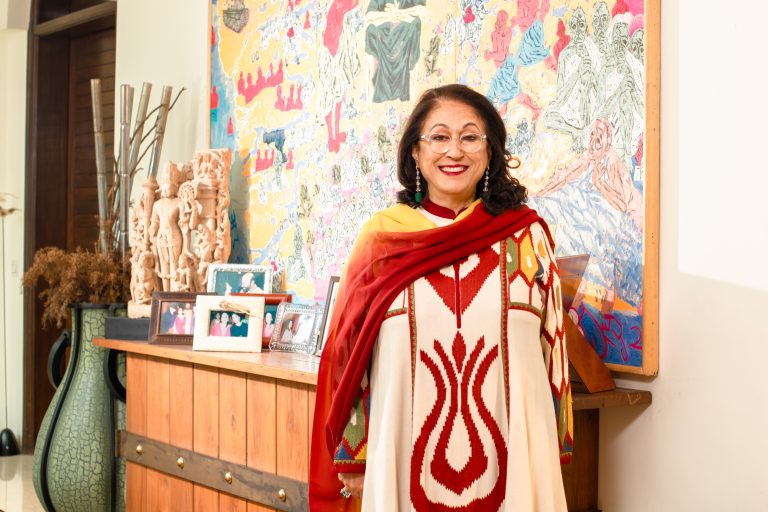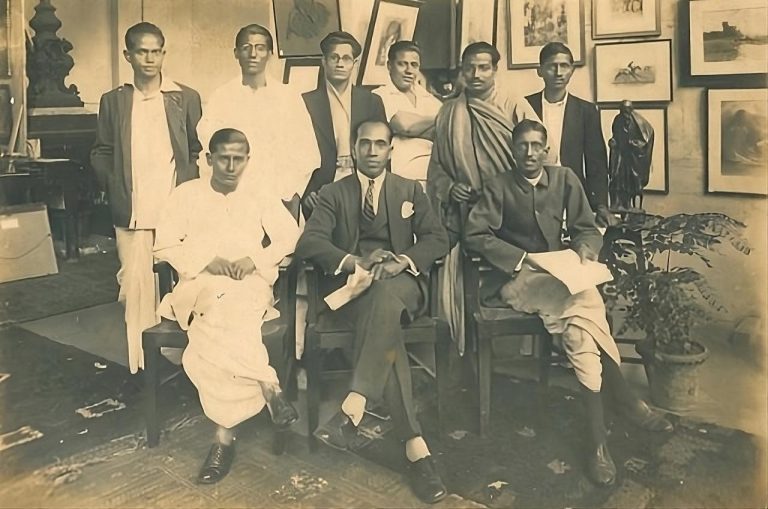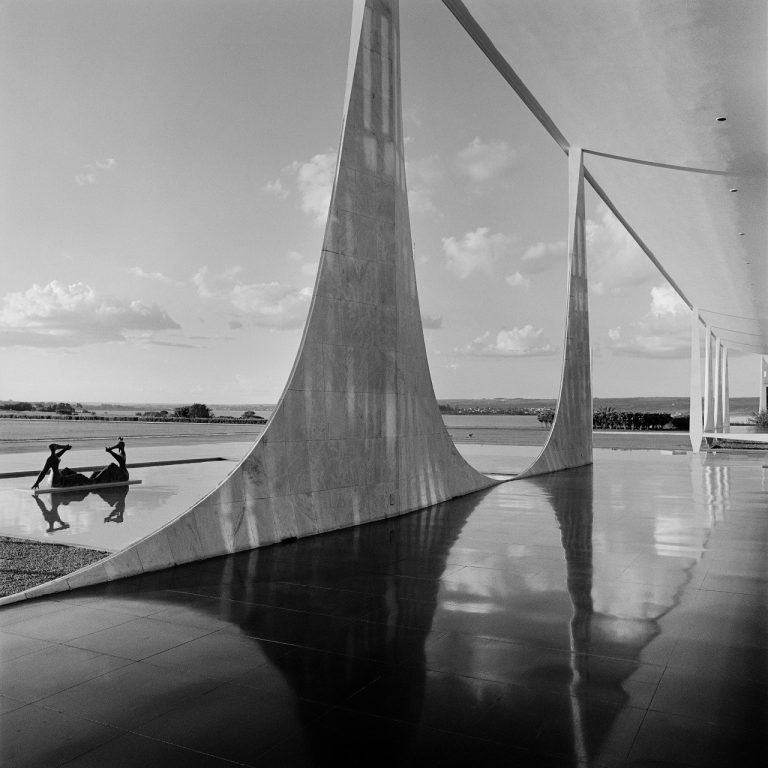Unfolding the Possibilities of South Asian Contemporary Practice
As the art forces flourish across the globe through international fairs, festivals and biennales, creative collaborations have become the key driving force to enable such expansive cultural possibilities. These partnerships strengthen artistic ecosystems to anchor conversations that transcend geographical and political borders. Within South Asia, this exchange remains a generative terrain shaped by shared histories, interconnected cultural lineages and pressing contemporary urgencies. The region continues to be a fecund ground for artists and institutions to build new networks, to deflate the conventions and explore resonant narratives that speak to both local realities and global concerns. Building on this ongoing cycle of cross-cultural dialogue, Bhavna Kakar, Editor-in-Chief of TAKE on Art magazine, visited KALĀ at the invitation of Saskia Fernando, Founding Director of the institution. Their meeting oriented towards the renewed commitment to strengthening regional artistic discourse and imagining collaborative futures. In this interview, Kakar sits down with Fernando to reflect on the dynamic possibilities unfolding across the South Asian art landscape: its emergent practices, its evolving networks, and the artists whose voices and visions are defining our contemporary moment. Together, they illuminate on how regional solidarity continues to shape the trajectory of art today.
Read More





